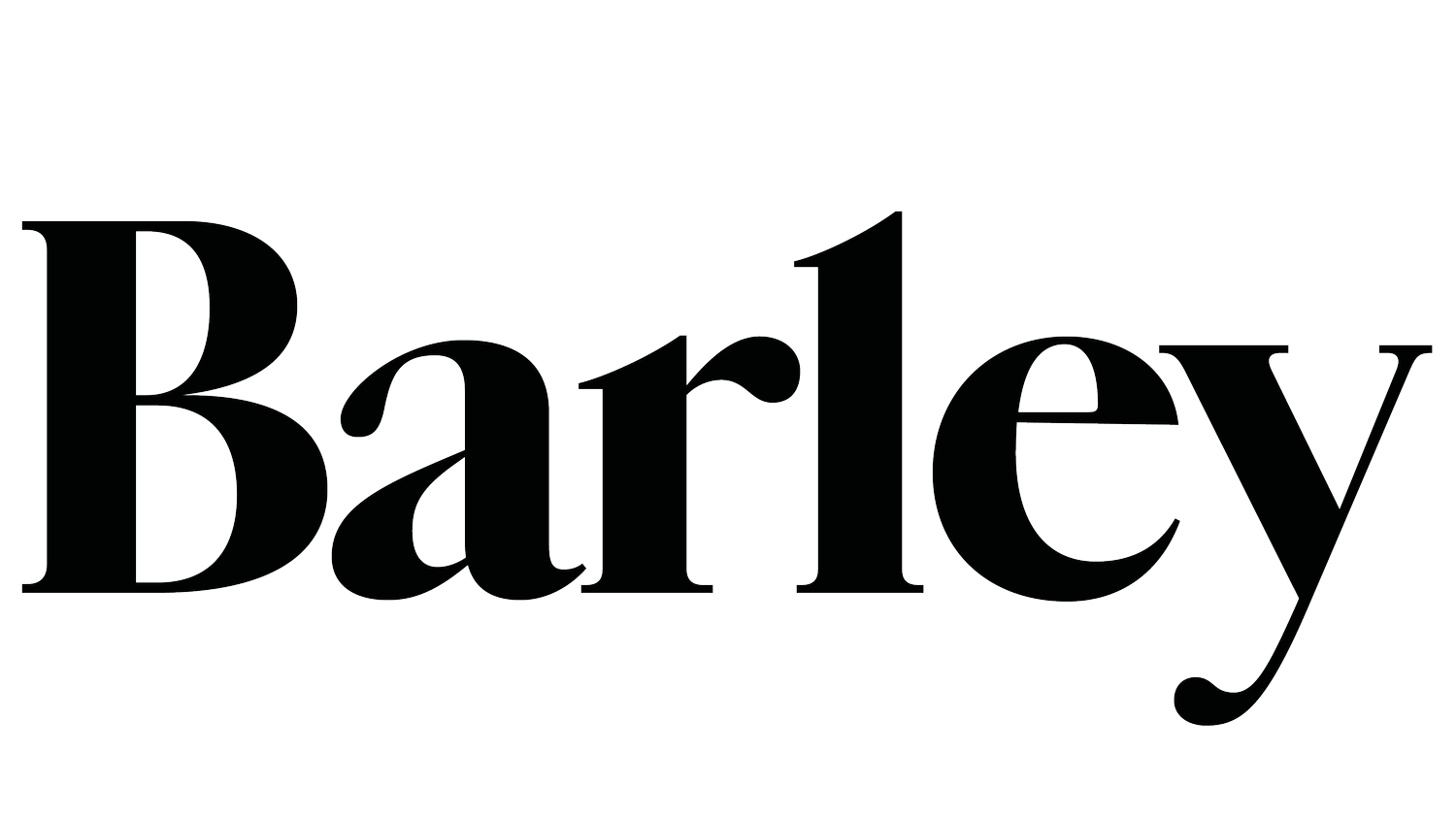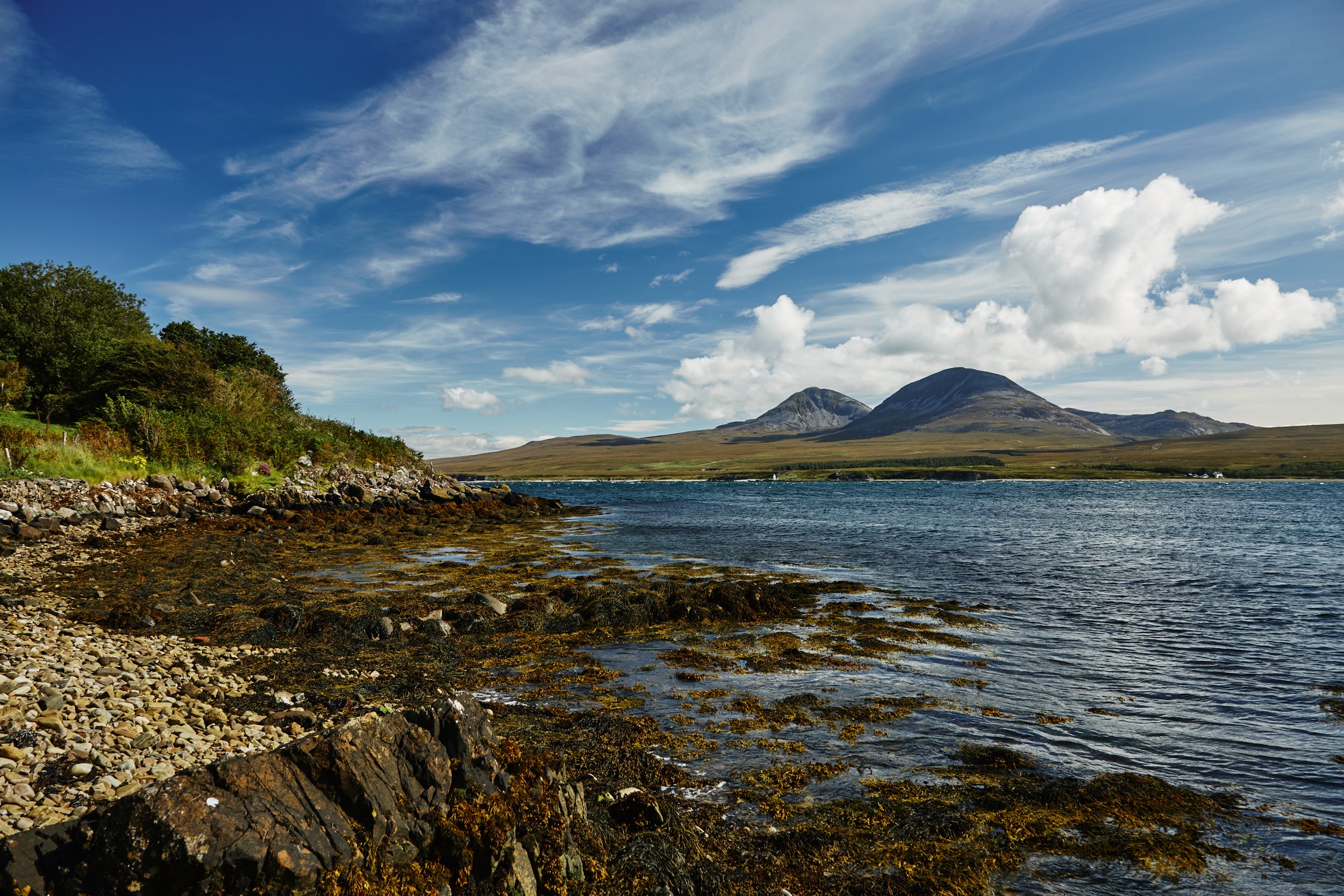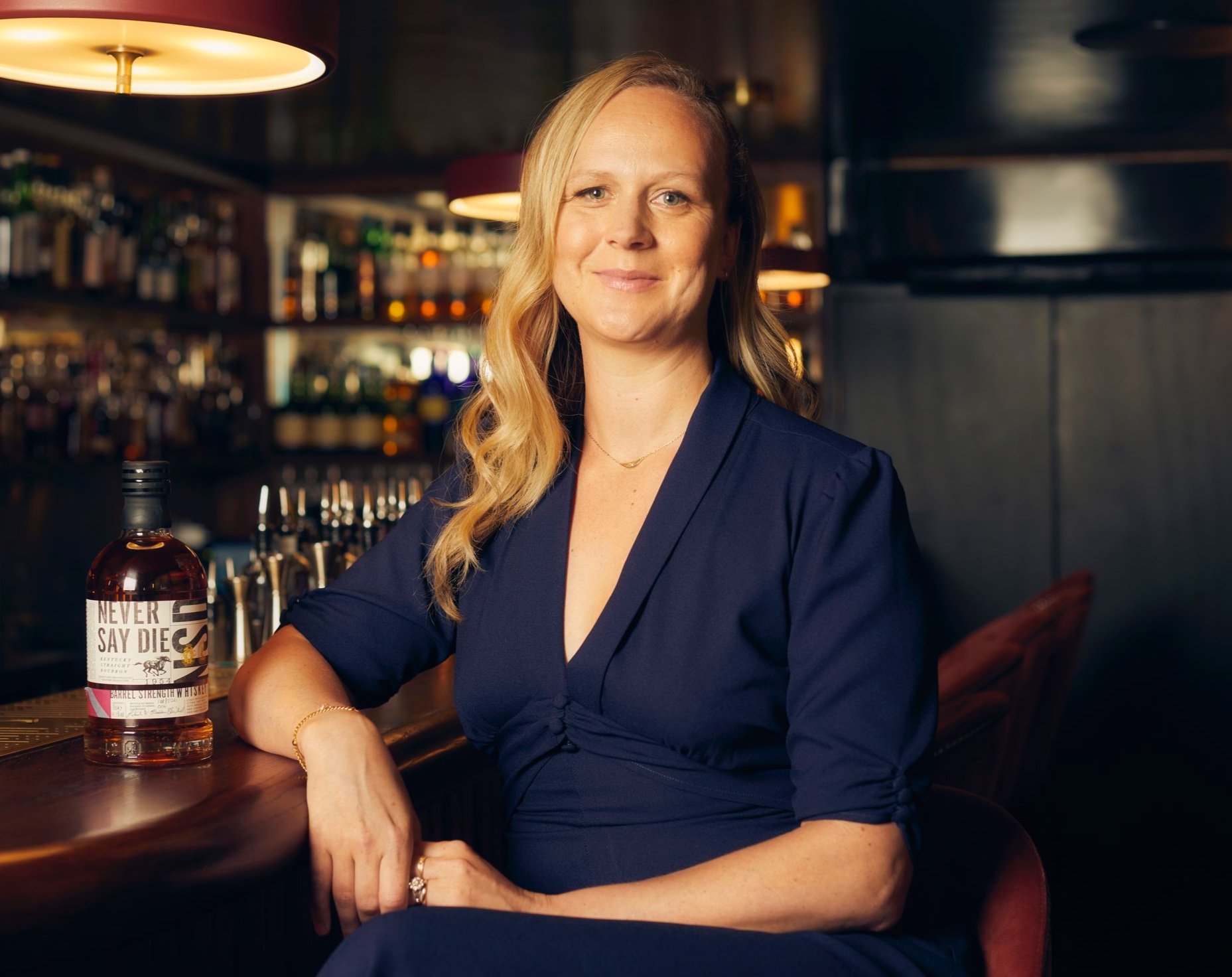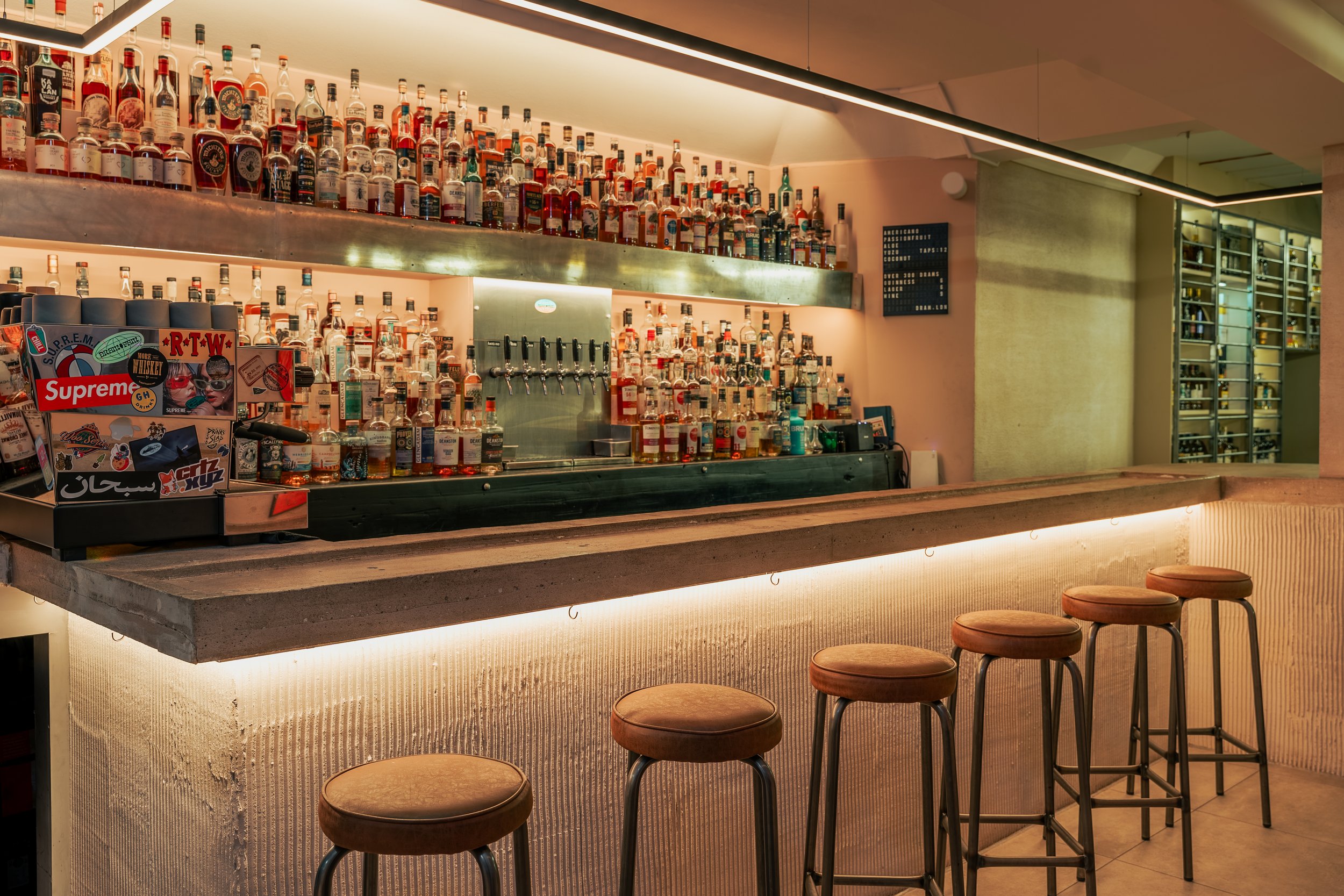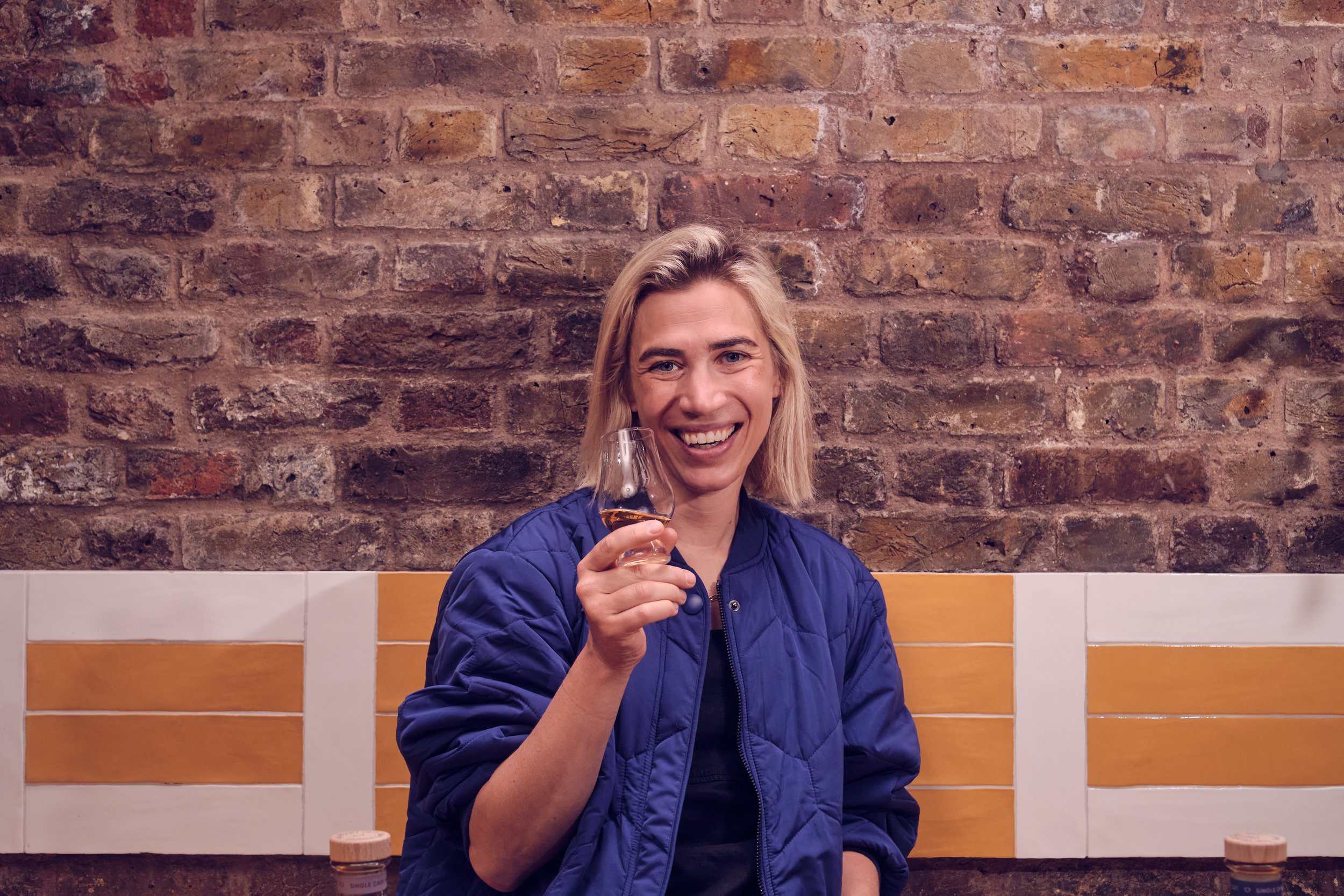Whisky Island - the secret soul of Islay
Secret beach on the Sound of Islay looking across to the Paps of Jura
Dave Broom has been making the pilgrimage to Islay for 40 years. As a new wave of innovators get ready to shake up the status quo, he reveals what keeps him coming back - and delves into the mysterious alchemy of the world’s most sacred whisky island.
Photography by Christina Kernohan
I
Islay was a weather marker. When staying with a friend on the Kintyre coast, we’d look towards the island’s hills to gauge how long it might be before the rain came. When they disappeared, we knew we’d have around 20 minutes to get to a place of relative safety - home or, more commonly, the pub.
I came to know, vaguely, that whisky was made there, but it was only in the late 80s, when I started writing, that I first visited - a dark, rain-soaked winter visit to Bunnahabhain. Malt was on the rise and the invites began to come in regularly. Meeting Jim McEwan (then at Bowmore), listening to Iain Henderson at Laphroaig, and Mike Nicolson at Lagavulin. Islay was my whisky university.
By the late 90s, Islay’s popularity was growing, the world thirsty not just for single malt, but for peated spirit. Today, it remains a cult with nine whisky distilleries (and one making rum), and three more on the way.
Port Charlotte lighthouse
II
It begs the question, why, when there were so many more distilleries on the mainland, did Islay capture the world’s imagination? ‘Because the whiskies were great!’, says Brendan McCarron, former master distiller at Distell, the owner of Bunnahabhain. Prior to his most recent job, he’d overseen Diageo’s three Islay sites (Port Ellen maltings, Caol Ila, and Lagavulin) and then, as head of maturing stocks at Glenmorangie, worked with Ardbeg.
Oliver Chilton, head blender at Elixir Distillers whose Portintruan distillery is due to open next year, picked up on the excellence theme while countering the idea that cult Islay was a recent phenomenon.
‘Laphroaig and Ardbeg were available from the 1920s,’ he says. ‘Bowmore, from the late ‘50s. It was already established. Also, the amount of standout bottles from that island is unreasonable - so many high-quality whiskies condensed into such a small place.’
Single malt is based on this idea of location. A distillery, in a specific place, making a whisky with its own individual character. Islay’s advantage in this, as McCarron pointed out, is that it’s easier to define than Speyside.
‘People like big, bold flavours. If you’re throwing down 14 or 15 espressos a day you’re going to be into Islay!’
‘There’s also tourism,’ adds Adam Hannett, head distiller at Bruichladdich. ‘Allowing people to visit the distilleries definitely changed things - the whole island is now selling whisky, everyone is involved somehow. There’s a connection between it and the people.’
The final thread in this tapestry was flavour profile - specifically smoke and our relationship to it. ‘There was that perception that you built up to Islay whisky,’ says Colin Gordon, manager at Ardbeg (who had previously run the maltings and was then manager at Lagavulin). ‘But people like big, bold flavours. If you’re throwing down 14 or 15 espressos a day you’re going to be into Islay! Power, smoke, strength, and mouthfeel. People come into Ardbeg, and tell us, “I remember my first taste of Ardbeg and thinking “what is this”?’
Understanding whisky can be daunting when faced with a jungle of brands, unsure how to decode what’s in the glass. Learning can only come with confidence and as smoke is easily identifiable, the thought ‘this is smoky,’ becomes, ‘I’m beginning to understand.’ A flavour nailed. Confidence gained.
Adam Hannett, Bruichladdich’s whisky-maker
‘The more I got to travel with work the more I learned that people like stuff that tastes like the food they’re used to eating,’ says Chilton. ‘Smoky flavours are ingrained in parts of the world, particularly in the north. It’s also evocative. For me, Lagavulin’s rich tobacco smoke thing is sitting in a boat in Cornwall - nothing to do with whisky, but a flavour which is personal to me.’
Whisky’s ability to work with memory and evoke time and place puts your head in a different space. The sipping becomes quasi-ceremonial. Is this why people speak of going to Islay as being like a pilgrimage? Secular wanderers, Islay’s distilleries their chapels.
‘For me, Lagavulin’s rich tobacco smoke thing is sitting in a boat in Cornwall - nothing to do with whisky, but a flavour which is personal to me’
Dig deep on Islay and many stories emerge. The legend of Fairy Hill, close to Ardbeg, where the Queen of the Sídhe gave the women of the islands the secret of knowledge, poured out of a pitcher into scallop shells, the graves of the MacBeatha/Beaton family at Kilchoman, holders of Galenian medicinal potions who may have brought distillation to the island, the standing stones I’ve walked around with local historian Niall Colthart and the theory of there being a fire cult centred in the low hills overlooking Laphroaig. People are drawn here for many reasons.
III
This island that made whisky, became The Whisky Island and with that new status came a change of role. Throughout the 20th century, single malt distilleries produced spirit for blends because that’s what the world demanded. The whiskies they made weren’t lower in quality, their places of creation were, however, hidden.
The arrival of single malt changed a distillery’s function. Islay, rather than being beholden to the requirements of blends, was now in charge of its destiny and its success relied on a change of mindset - a shift on the part of each distillery from (virtually) anonymous player into a brand. Single malt allows a greater degree of flex; demands diversity.
The folds of time shown in a cross-section of turf on Islay
Bruichladdich’s response to this paradigm shift is a perfect example. The single (unpeated) style in its old manifestation has quadrupled since it reopened in 2001. As well as unpeated there’s medium (Port Charlotte) and heavy peated (Octomore) and most recently rye. There’s releases made with Islay barley, and from single farms, organic, biodynamic, bere barley. ‘We do what we believe in,’ says Hannett.
‘Dig deep on Islay and many stories emerge…the legend of Fairy Hill, the theory of there being a fire cult centred in the low hills overlooking Laphroaig’
Now though, with single malts emerging from every country, and the island itself soon to be home to 13 distilleries, does Islay need another reset?
‘Chapter One of “new Bruichladdich” established a new different identity,’ Hannett explains. ‘If the purchase was to make any sense we couldn’t have just made the same as before.
‘Remy’s takeover (2012) was Chapter Two and allowed us to invest in the site, building stocks. Now, we’re in Chapter Three which is all about growth. We’ve more than doubled staff, there’s the maltings, new warehousing, increase in capacity, the hydrogen trials. Bruichladdich’s now a big beast.’
The story is similar at Ardbeg, where a new stillhouse has doubled capacity. ‘The reset has actually been happening gradually since 2000,’ says Colin Gordon. ‘So many distilleries lacked investment and companies are now realising that they need to ensure that they’re laying down stock for the next 200 years. It’s an evolution.’
Is there also more pressure because of Brand Islay and increased competition to continually find the new exciting thing? ‘We’re always looking at innovation. Being part of that was one reason I took the job. I sit down with the whisky creation team and we discuss all the possibilities and they’re all production-led. They have to be, because fans cut through any waffle.’
‘We want to get as much of that sense of place into the whisky as we can - where it is from, the people, the distillery and our growers’
Not only is production increasing across the island, but we’ve seen Bowmore adjusting its production to return to its tropical fruit-filled era. Kilchoman as well as doubling capacity is experimenting with yeast types and casks, while Port Ellen and Portintruan will both have ‘experimental’ sides to their operations.
The footprint of the new Portintruan distillery, Port Ellen, due to open next year. Photograph: Elixir
‘The reset is needed,’ says McCarron. ‘Ardbeg was ready to be torn down before Glenmorangie bought it (1997), Port Ellen had disappeared. Now you have Kilchoman doing great things and I believe that Ardnahoe will do something spectacular. It’s a fine balance - respecting tradition, but finding different ways of making Islay whisky. This is the start of the next chapter.’
Are the new builds a spur to you to up your game? ‘I’m constantly telling people that we need to make more Bunnahabhain to the highest standard,’ is his immediate response, ‘even if the price of sherry casks goes up every six months. We need to have a belief in our whisky and make that commitment. If we do that, Bunnahabhain will be the biggest-selling Islay whisky because everyone can drink it. Not everyone likes smoke - but they’ll love an unpeated, heavily-sherried whisky.’
For Hannett the most significant element within Bruichladdich’s latest chapter comes from the increased focus on agriculture which, as he put it, ‘lies behind everything we do in terms of innovation, sustainability, and progress. We want to get as much of that sense of place into the whisky as we can - where it is from, the people, the distillery and our growers. It makes no sense not to have that as part of the story.’ The relationship has been flipped. Whisky is part of an agricultural story, not the other way around.
IV
My work trips quickly morphed into family holidays, friendships were formed, conversations which started one year picked up seemingly without a pause the year after. This is the Islay which we want as visitors - the sense of an unchanging place, where a ‘simpler’ way of life exists, where your door is never locked and people wave to you as you drive past. But that is wishful urban thinking - the sort of mindset that helps prevent investment and the regeneration of Scotland’s west.
‘My work trips quickly morphed into family holidays, friendships were formed, conversations which started one year picked up seemingly without a pause the year after’
Whisky matters here. I remember the buzz when the news that Ardbeg was reopening, was there, with what seemed like the entire population, when the gates of Bruichladdich swung open once more. Whisky matters here, not because of scores or reputation, but because it is how the island can prosper, evolve and, to the shock of the romantic visitor, change - but on its own terms.
James Brown of Octomore
Growth has come with added pressures on the distilleries. Not from the vagaries of the market, but the precarious nature of the island’s infrastructure. Everyone I spoke to listed the same complaints - how the roads are falling to bits, the failures of the ferries and the chronic lack of housing for a growing workforce.
At the time of writing, it is possible that distilleries will have to shut down as only one ferry is seaworthy (Islay is serviced by two vessels - and realistically needs a third to cope with demand). Islay isn’t just a year-round tourist destination, it has almost 3,000 people living there all of whom are reliant on the ferry - as are the the distilleries, yet operator Cal-Mac rejected the proposal of a dedicated freight ferry, despite acknowledging that its ferries were already over-capacity.
‘The fact that we have all grown has increased the challenges,’ says Gordon, ‘but everyone is coming together. We’re all in it together and if we don’t work together to sort out the infrastructure issues, we’ll all suffer.’
‘Everyone I spoke to listed the same complaints - how the roads are falling to bits, the failures of the ferries and the chronic lack of housing for a growing workforce’
A distillery in Chilton’s words, helps to create and maintain a community. It’s more just a business and the more remote you are, the more significant the distillery’s role becomes. It becomes a focal point and with that comes a social (and I'd argue moral) responsibility. The question is how far does that responsibility reach?
The importance of the relationship between distillery and community manifests itself in different ways. ‘The distillers who will win in 10 years are those who are authentically sustainable not just by reducing energy and carbon, but how they sit in your community,’ says McCarron. ‘A distillery’s role is ensuring that people on Islay can still live there and aren’t inconvenienced by you being there. There is a huge need for distilleries genuinely caring about their communities - and it has to go into overdrive.’
On the ferry to Islay
Both he and Hannett said that, economically, no-one in their right mind would want to make whisky on Islay - it’s expensive, transport is difficult, the infrastructure is creaking. ‘The reason why whisky is made here,’ Hannett adds, ‘has to be because it makes sense for the community, not money being made off-shore.
‘There is a danger that Islay could become a whisky theme park, like some Western movie set where the buildings are just façades. As distillers, we have to look after the whole island, so that means investing in it, which is why agriculture is leading us.
‘£1m a year goes back into the island from barley purchases. Yes, we lose in terms of yield but we are doing that for the right reason.’ Islay is not just The Whisky Island, and not, in his phrase, ‘just a postcode.’
’The location creates the culture and the people feed off that,’ says Chilton. ‘All cultures evolve as generations change. We’re not trying to be different, but trying to evolve with the culture. As a distiller on Islay your job is to go with that. One of the big things you have to do on an island is think about how you can give back to the community. That means not just thinking of visitors, but how a distillery can help with education.’
‘There is a danger that Islay could become a whisky theme park, like some Western movie set where the buildings are just façades’
Elixir is in discussion about the possibility of creating courses and training for school-leavers which, in Chilton’s words, would ‘give someone a qualification which can take them anywhere in the world and then hopefully bring back what they learn abroad back to Islay.’ For Elixir, Portintruan isn’t just a distillery, but ‘a home for learning’.
I came across an old map of Ardbeg when it was a village with a school, post office, greenhouses, a bowling green - and a distillery. After speaking with Islay’s distillers it strikes me that this evolution is taking Islay full circle back to a place where a distillery is at the heart of a community. The reset goes deeper than bottles, it is about reconnecting.
Dave Broom is an award-winning and internationally acclaimed whisky writer. He has written 13 books, the most recent being A Sense of Place: A Journey around Scotland’s whisky.
Photograph Grant Anderson
